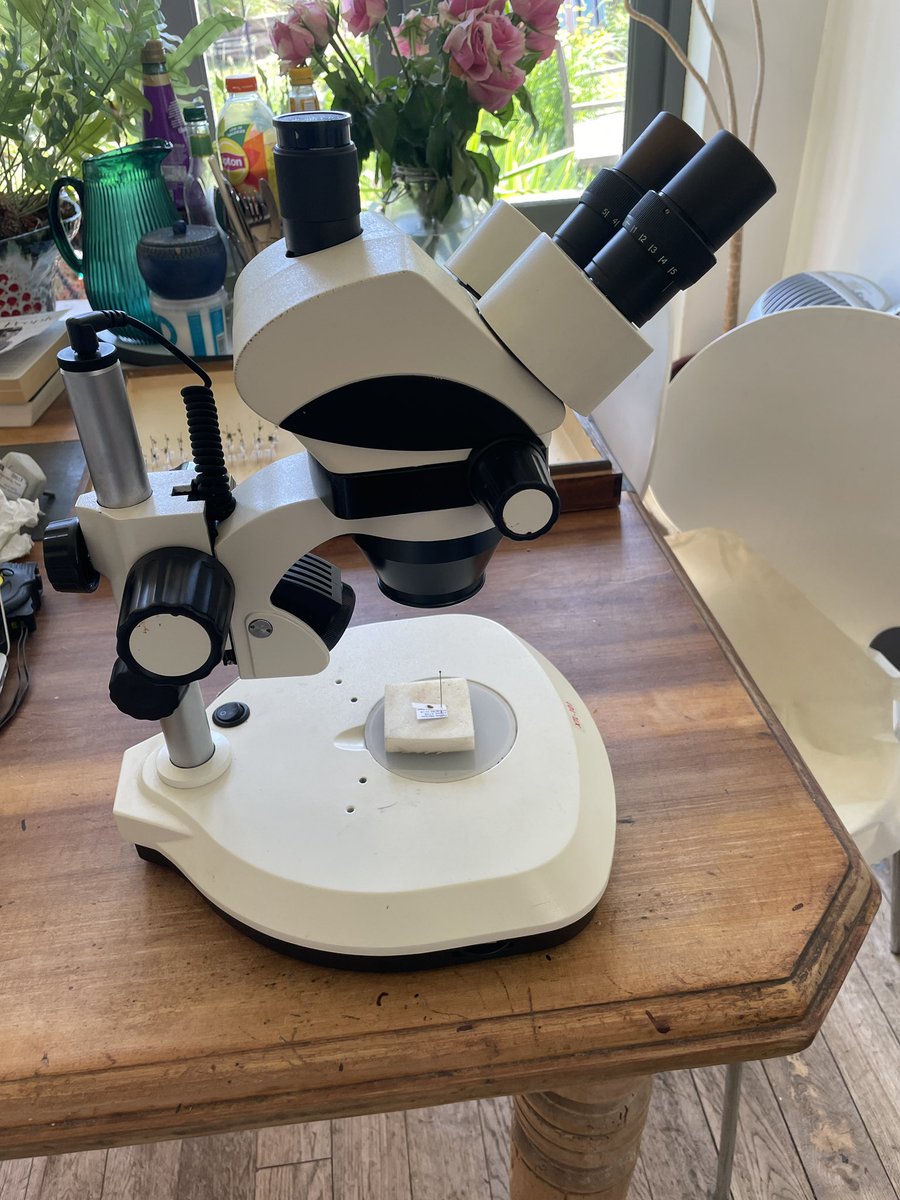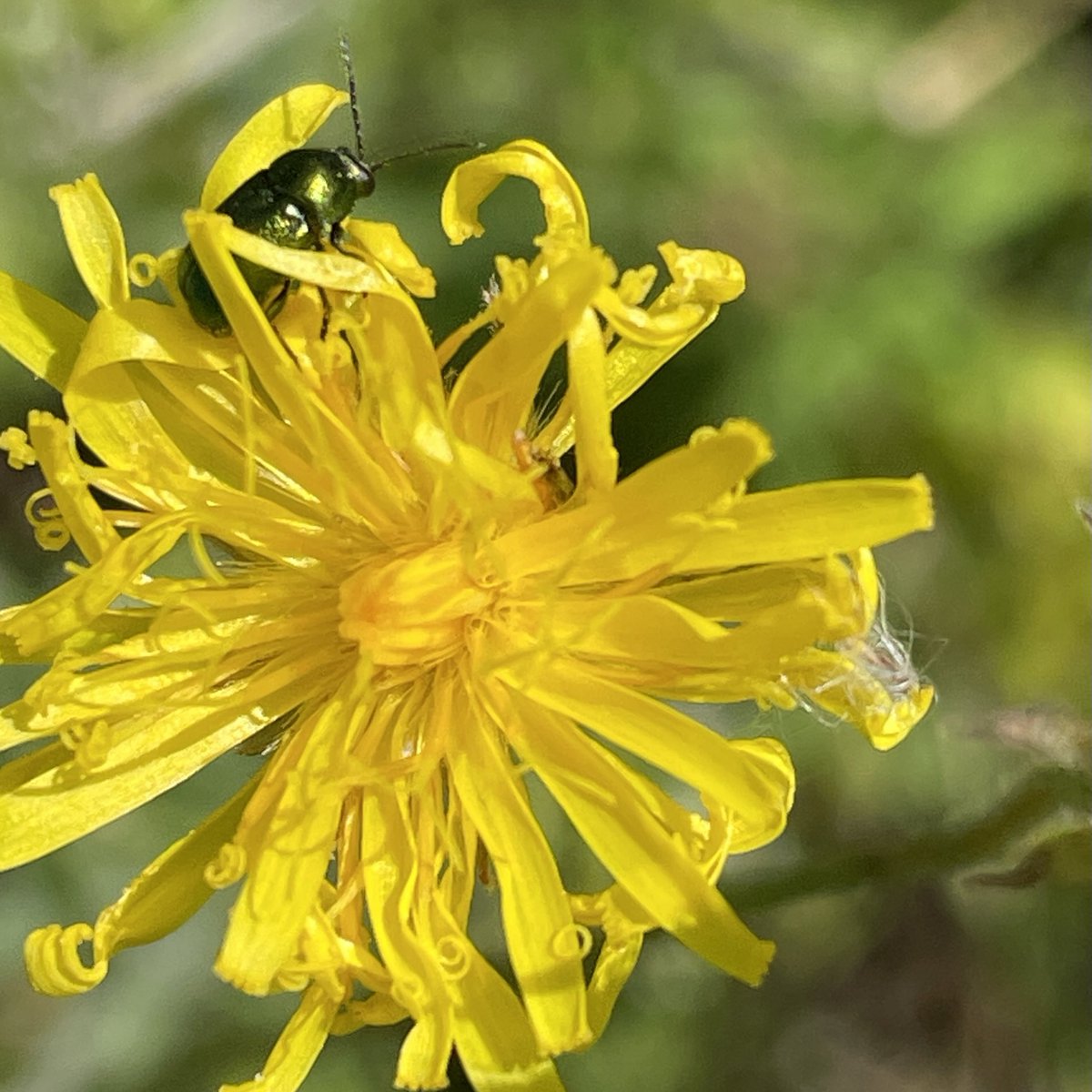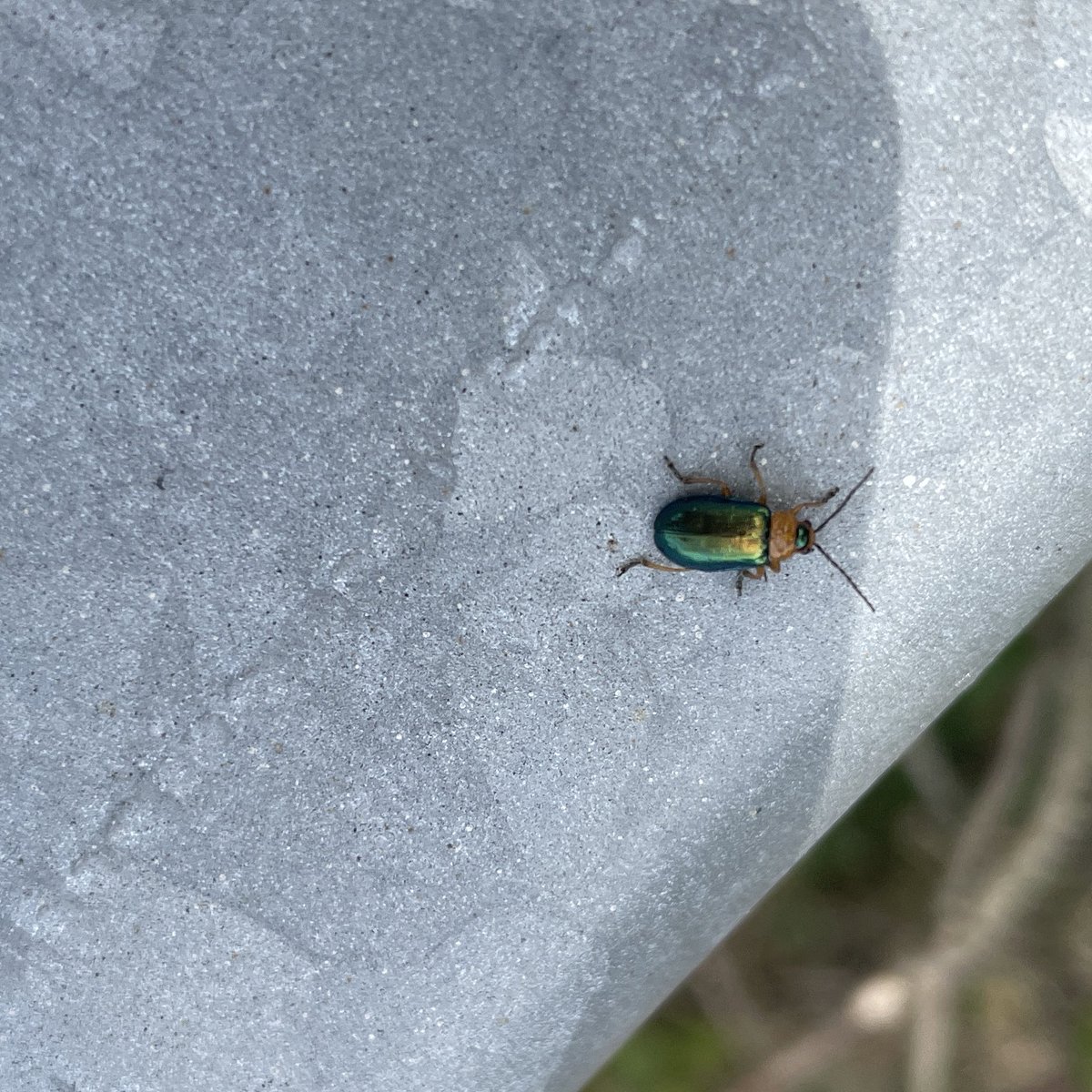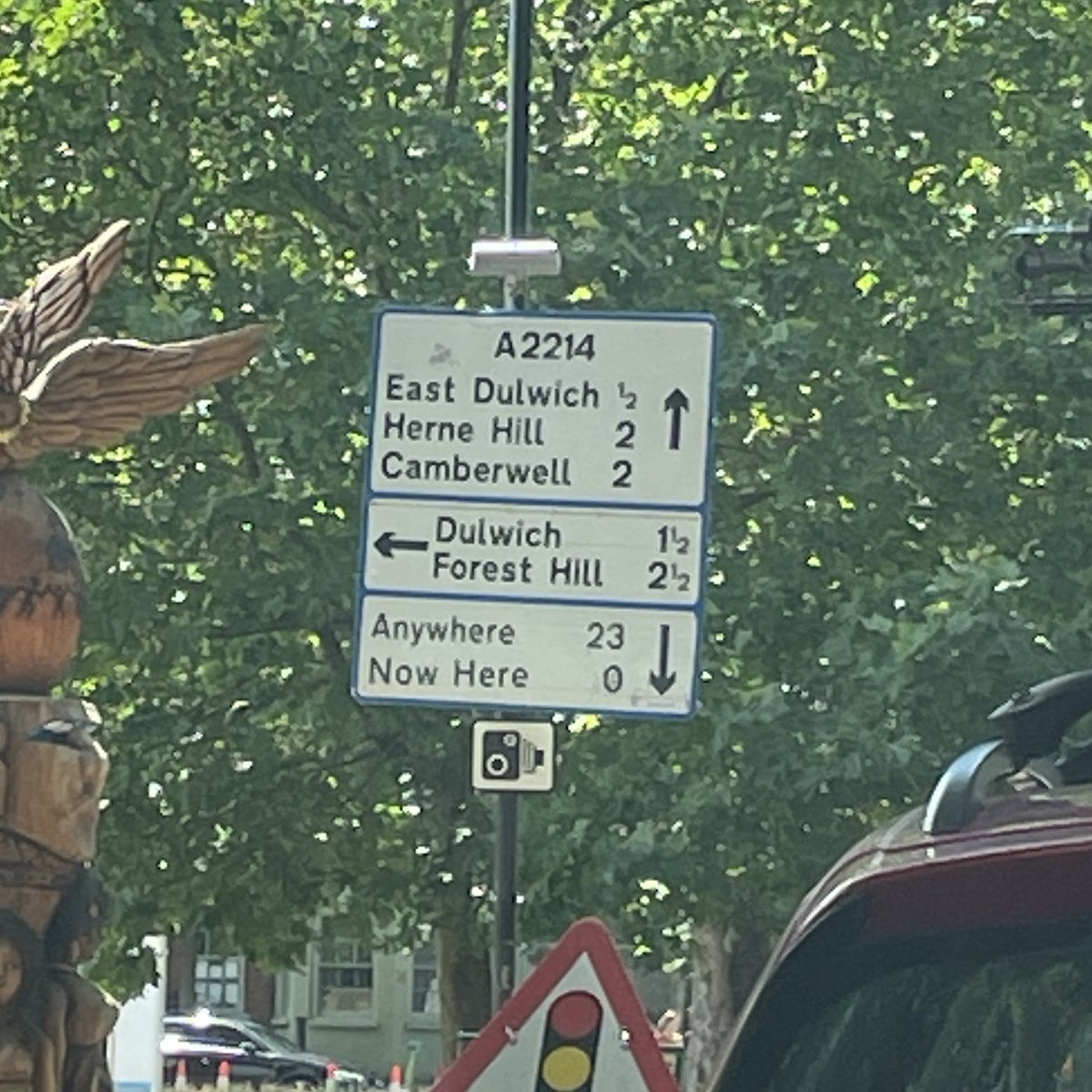
Richard Jones
@bugmanjones
I’m very good at finding insects, in fact I’m a professional. Books on shieldbugs, wasps, ants, dung, limericks. Shout ‘weird bug!’ to get my attention.
ID: 377985681
http://www.bugmanjones.com 22-09-2011 13:09:59
21,21K Tweet
5,5K Followers
1,1K Following







































